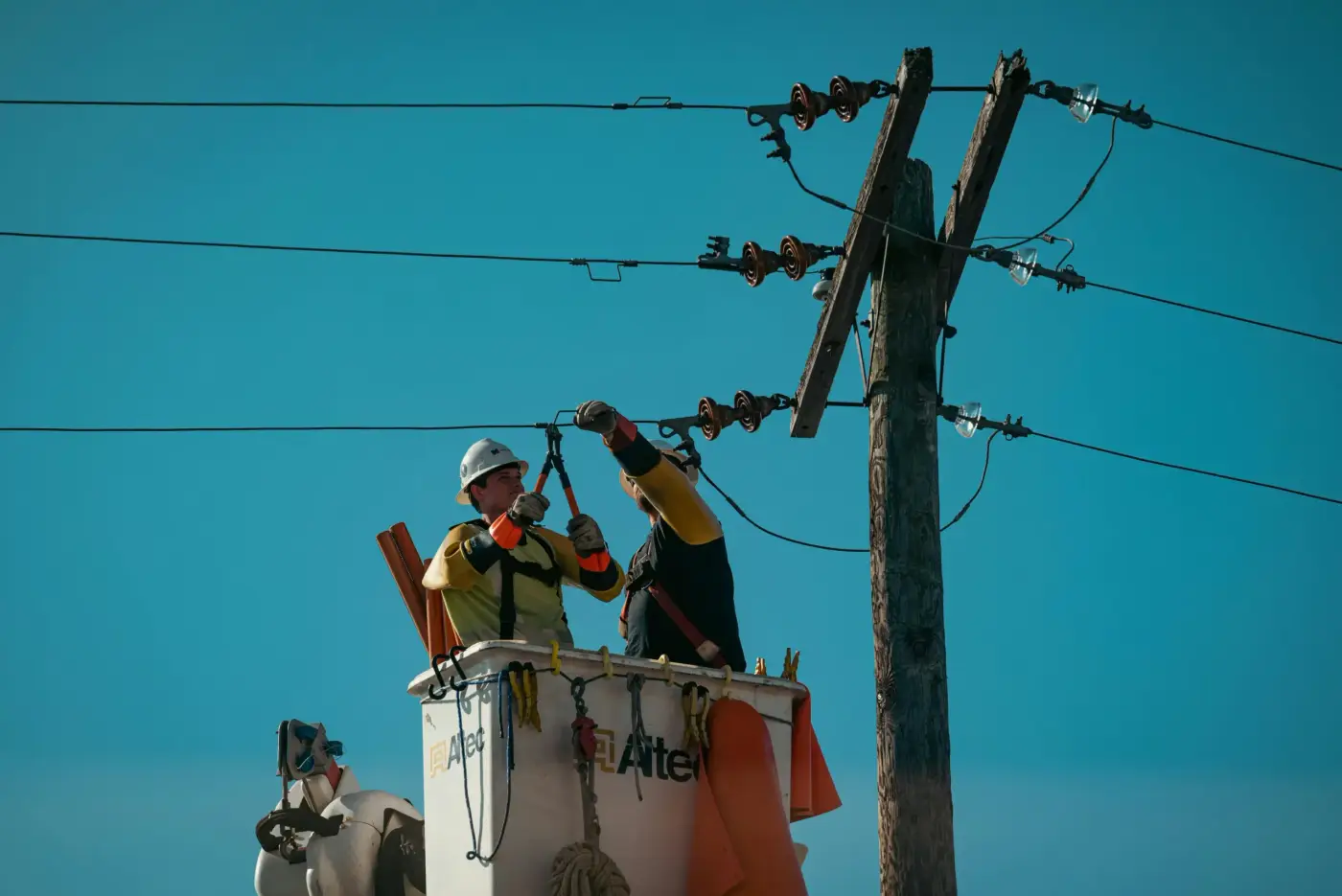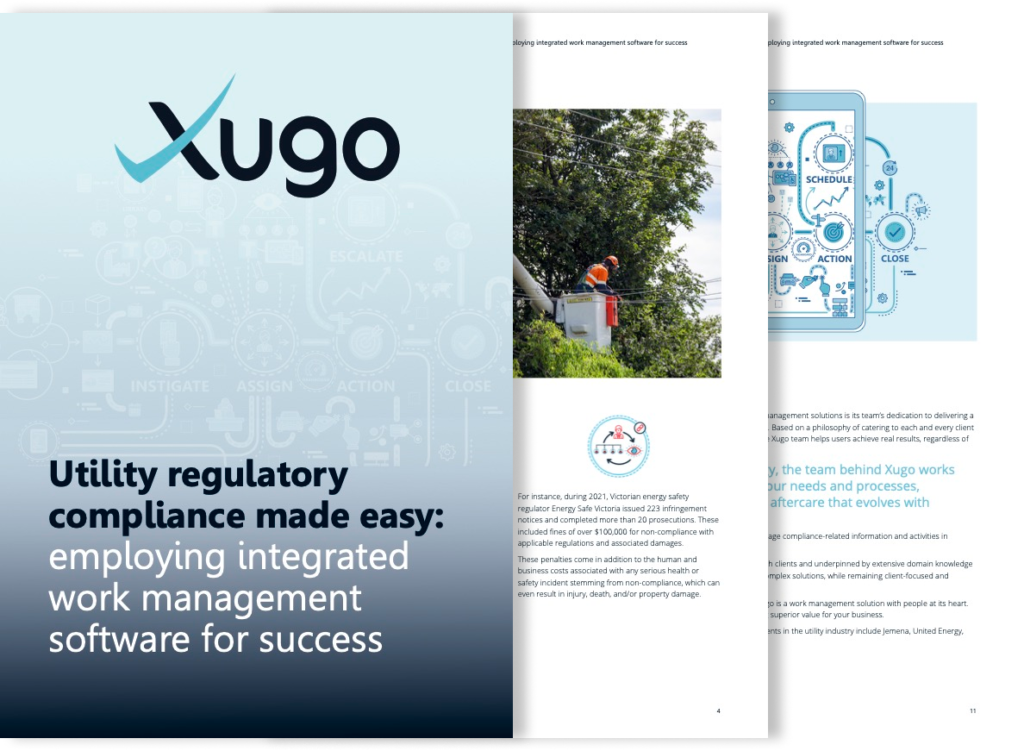T
he operating environment utilities find themselves in today poses continuous and evolving challenges. Utilities are grappling with the energy transition, an ageing workforce and ageing infrastructure, as well as ever-changing regulatory requirements, while trying to maintain high standards of service. In this landscape, it is critical for utilities to leverage digital technologies to achieve asset management excellence.
The clean energy transition is changing the way energy is produced and used, requiring significant expansion of utilities’ assets and the services they provide, and necessitating improved reliability, robustness and efficiency of energy infrastructure. Urbanisation and weather events are putting pressure on ageing infrastructure, and labour and skills shortages are posing challenges to maintaining expanding infrastructure networks.
In the utility industry, asset management has traditionally been compliance driven, managed by different departments, or overseen by individual employees. Seasoned employees with decades of system knowledge and experience have been relied upon – skills and legacy knowledge that are increasingly leaving the industry as the ageing workforce retires.
Good asset management is crucial to optimise infrastructure performance, extend the life of assets and reduce maintenance costs. On the other hand, poor asset management can lead to breaches in regulatory requirements, significant safety risks, reputational damage and strain on finances.
To overcome these and future challenges, digitalisation is key for utilities to ensure they have the tools needed to underpin asset management processes so they can make data-driven and risk-informed decisions. This will allow them to optimise their assets’ performance and efficiency, and provide greater opportunity for them to identify and invest in new infrastructure to meet future demand and continue to improve current operations.
Data-driven asset management
By digitalising asset management processes, utilities can collect, analyse and utilise detailed and accurate data about their assets’ condition and performance to make informed decisions about repairs, replacements and upgrades.
As the utility industry requires the maintenance of large, complex assets that are spread over a large geographic area, digitalisation is also critical to meet the challenges of labour shortages. By digitalising asset management, utilities can visualise and better calculate the condition of assets with less emphasis on regular manual checks, reducing costs and freeing up workers. This means maintenance and other works can be carried out more efficiently, as data-informed decisions can be made about predictive maintenance or replacing equipment when it has reached end of life.
Digital tools that support a single authoritative source of data also make regulatory compliance easier. This helps to prevent the risk of oversights by streamlining compliance checks, improving accountability and assisting with compiling reports. With access to accurate, complete and up-to-date, real-time data, utilities can ensure they remain compliant with any regulatory requirements.
Tools for asset management excellence
Xugo’s work management software (WMS) is one of the digital tools available to systemise and manage many aspects of your asset management and condition monitoring programs, helping you to overcome the evolving challenges facing the utility industry now and in the future. From maintenance, planning, scoping, inspections, faults, auditing, and accurate reporting, to storing and maintaining transaction history, customer information, and technical information and attachments, it can enhance your asset management program, while also enabling compliance.
As a software as a service (SaaS) and cloud-based solution, Xugo is designed to be easy to use and intuitive, and can be configured to fit your business needs and integrate into existing processes and systems.
Xugo makes it easy for users to undertake inspections and collect data including measurement points, notes, photos, geographical location, attributes and readings. Minor maintenance can then be undertaken on-site if needed to save costs of returning again later, with all work recorded and transferred back to enterprise asset management/resource planner (EAM/ERP) systems.
It provides a single authoritative database for all information and communication that is updated in real-time. Coupled with Xugo’s dashboard, incidents are flagged as they happen, and detailed records of who has done what and what needs to be done can be easily seen. This gives you a comprehensive and holistic view of your assets, streamlining workflows and ensuring everyone has access to the information they need when making decisions and completing tasks.
Data when you need it
Users can access Xugo no matter where they are located – in the office or in the field – using the app from their device of choice, making it easier to connect to teams and assign tasks faster. The app works in “occasionally connected, always available” mode, ensuring users in the field are always able to complete their work, even when connectivity is limited or unavailable. When connectivity is lost, all data is stored locally on the device and uploaded when connectivity is established again.
Xugo also interacts with your GIS layers and displays location data on a map that can be accessed on both desktop and mobile. Assets can be displayed as pins, and selected or edited in real-time within the map, allowing for tracking and identification of locations where tasks need to be undertaken or where an incident has taken place.
With the ever-evolving challenges facing utilities today, Xugo’s WMS supports asset management excellence by bringing together data and providing greater visibility over assets, while seamlessly fitting into your business. Implementing WMS can give you confidence to manage many aspects of your asset management program, and to make informed decisions with higher value around capital expenditure, return on investment, customers and future planning.





